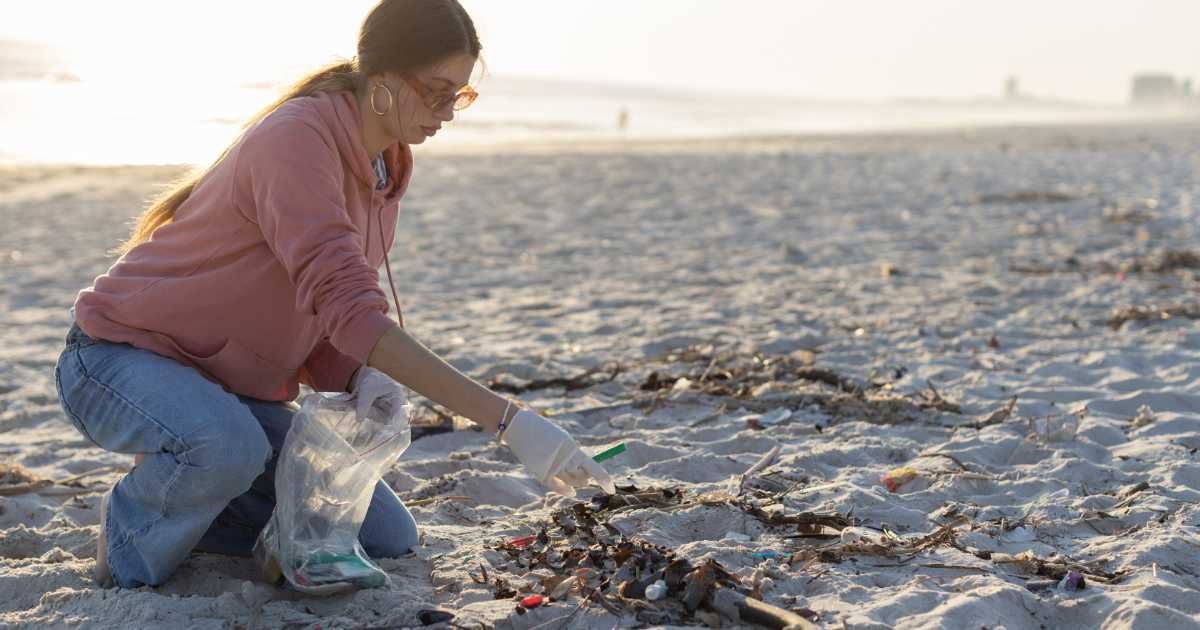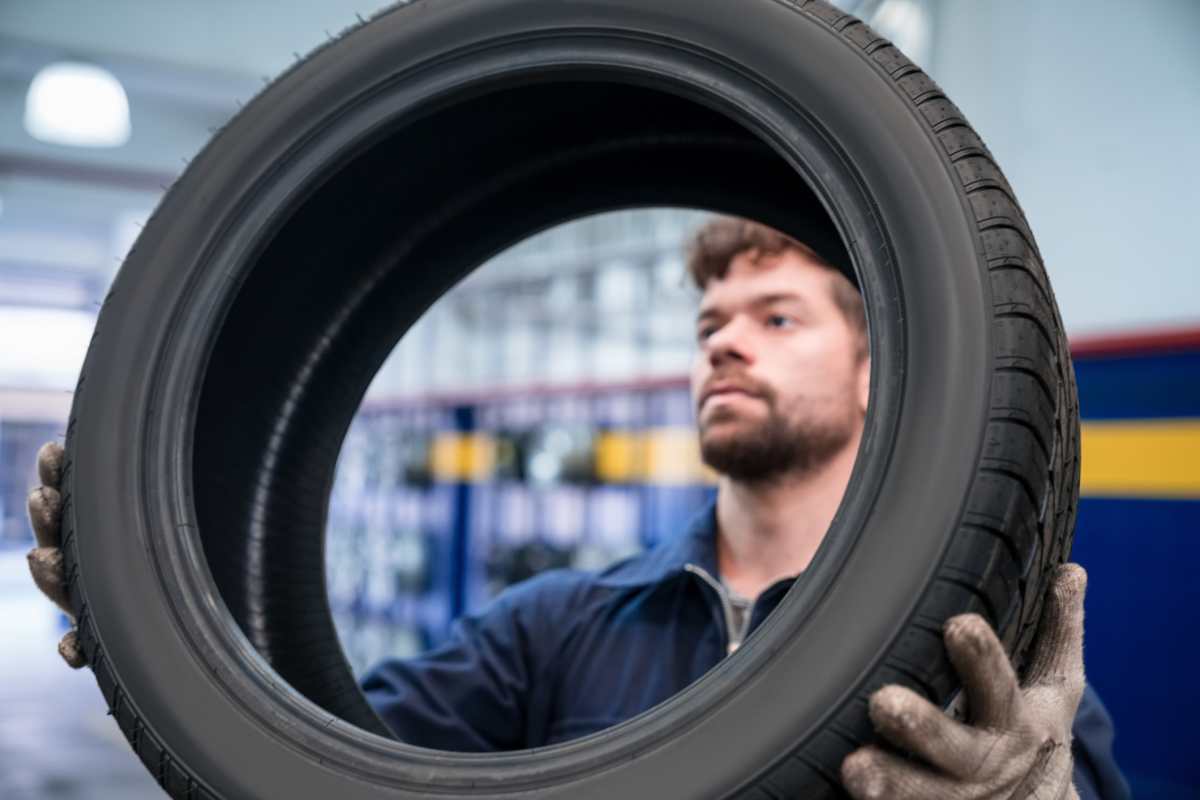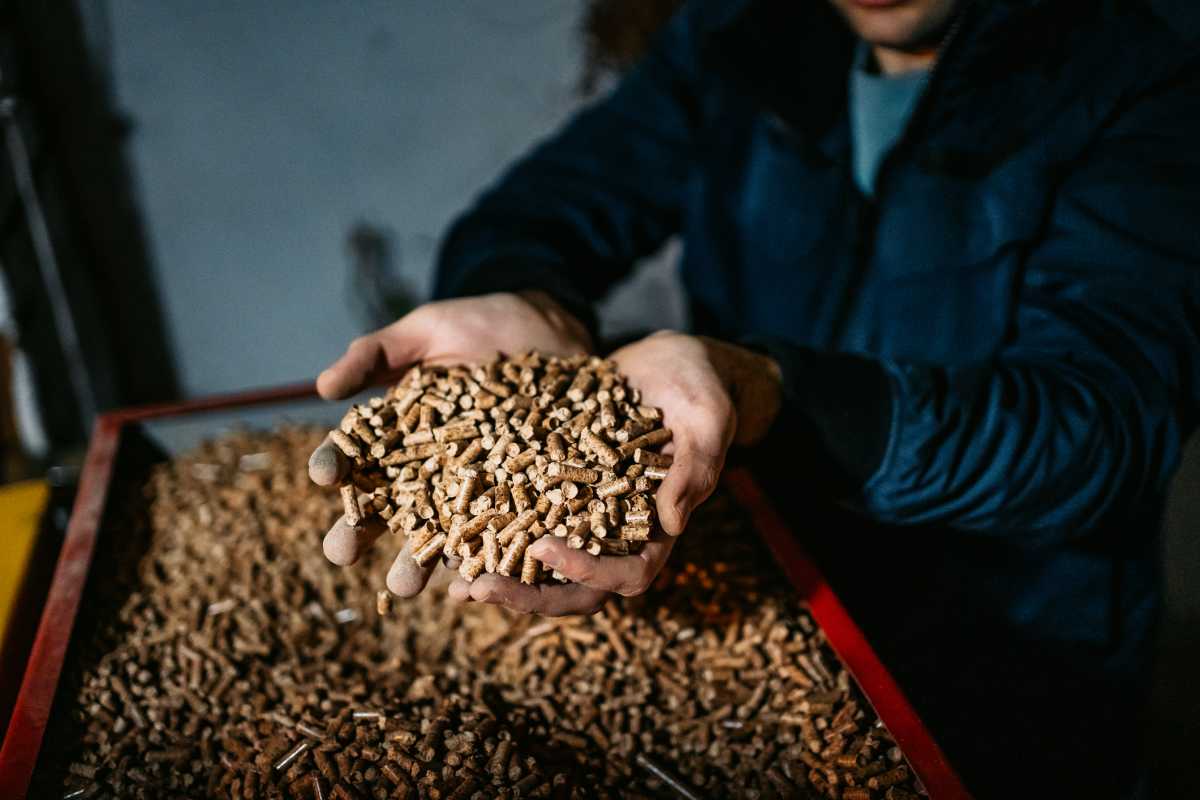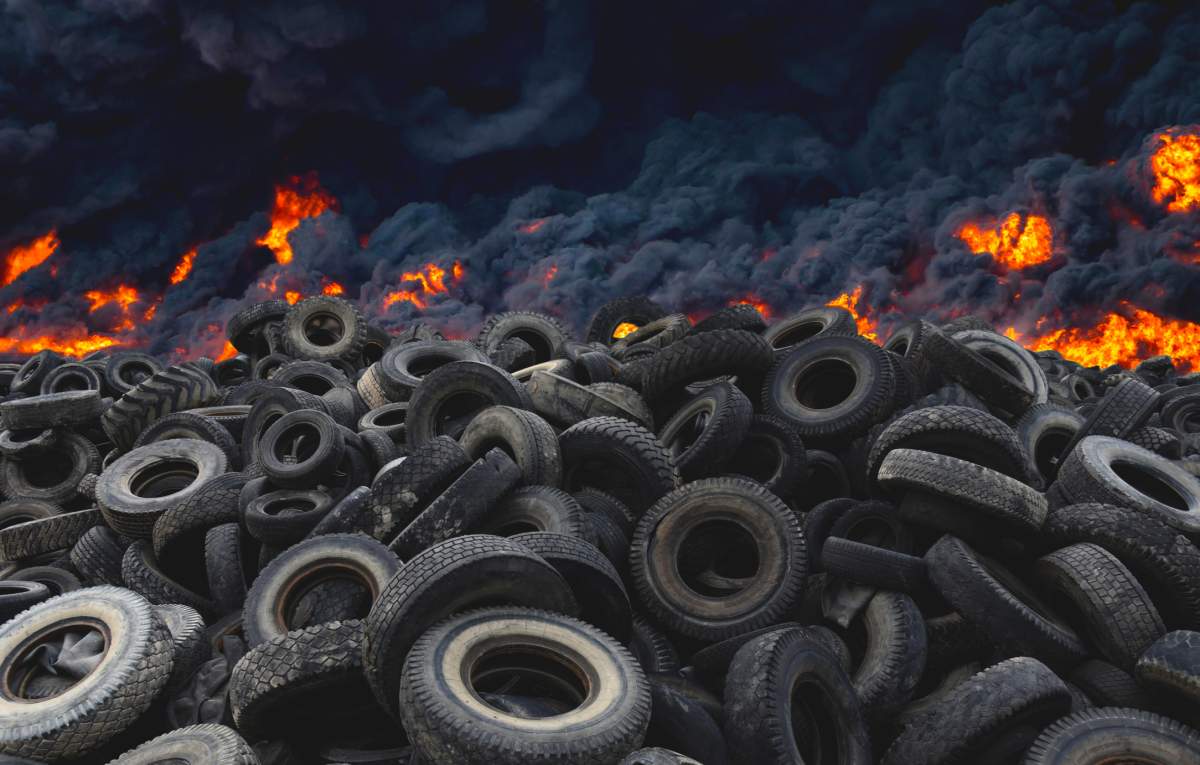Scientists Find the Biggest Source of Microplastic Pollution — and It’s Not Straws or Grocery Bags

As a tire rolls and grinds on the roads, its rubbery flesh gets scraped away; pinched, scalloped, and ultimately worn down. Every year, a population of about 300 million juvenile tires starts grazing the roads of the US, and after a few years of rotating, accelerating, and spinning, they turn into tired old guys that are then dumped in landfills, as per Science Direct. While these abandoned old tires sit amidst trash heaps, they spew rubbery microplastic particles into the air, ultimately infiltrating soils, water, and even food. Some researchers found a more concrete way we can deal with this plastic pollution, in a study published in the journal Sustainability.

How do tires trigger microplastic pollution?
Encapsulated within the rubber flesh of a tire are materials like carbon black, silica, oils, and antioxidants that manage its functioning. This looping interplay of mechanical and chemical processes causes the tires to become fatigued over time. As the rubber comes into contact with the road’s surface, abrasion creates friction, gradually wearing away the material, NIRA Dynamics explains. Plus, the repeated flexing and deformation of rubber during driving leads to the weakening of its molecular structure.

Sharp objects, rough road edges, and pinnies lying somewhere; all these factors create tiny ruptures in the rubber’s surface. Add to it environmental factors like too much oxygen, ultraviolet radiation, and temperature fluctuation. As the tire exhausts over time, it starts releasing plastic particles. Rains lift these particles and carry them away, depositing them into water bodies like streams, rivers, oceans, and lakes. Some particles seep into the soils. Their bioaccumulation also finds its way into the food chains. In this research, two environmental chemists from the University of Mississippi, Oxford, identified more than 30,000 tire wear particles in 24 litres of stormwater runoff from roads and parking lots after two rainstorms.
Their goal was to find out a way or a technique with which they could reduce the microplastic footprint these tires left on the environment as they wore down on the roads. After many experiments and much research, they documented their idea in this study. “The idea is simple: Capture the tire wear particles before they reach the streams, rivers, and oceans,” lead researchers Boluwatife Olubusoye and James Cizdziel wrote in The Conversation. "In recent times, tire wear particles have been found to account for about 45% of all microplastics in both terrestrial and aquatic systems," they added.
Biomass filtering system
The research team tested “pine wood chips” and “biochar” as possible materials that could help them deal with the microplastic infiltration. Biochar, they explained, is a form of charcoal made in a process called “pyrolysis,” which involves heating rice husks in a limited oxygen chamber. Using a filter sock, they designed a biofiltration system using these materials and placed it at the mouth of a drainage outlet.

Over the next two months, they collected the water runoff samples and analyzed them. To their surprise, the results revealed that these materials could remove as much as 90% of the plastic footprint caused by the worn-out tires. The results were observed in a water runoff located at one of the Oxford testing sites.

Biochar, they said, was already an established material known to be an excellent contaminant-purifier, due to its “large surface area and pores, abundant chemical binding groups, high stability, strong adsorption capacity and low cost.” Although wood chips were less effective than biochar, their rich composition of natural organic compounds did help in wiping away traces of plastics from the water.
More on Green Matters
Study Finds Glass Bottles Contain a Surprising Amount of Microplastics
Researchers Reveal Easy Way to Remove Microplastics From Drinking Water — It Takes Just a Minute
Researchers Reveal The 5 Common Food Items That Are Now Contaminated With Microplastics